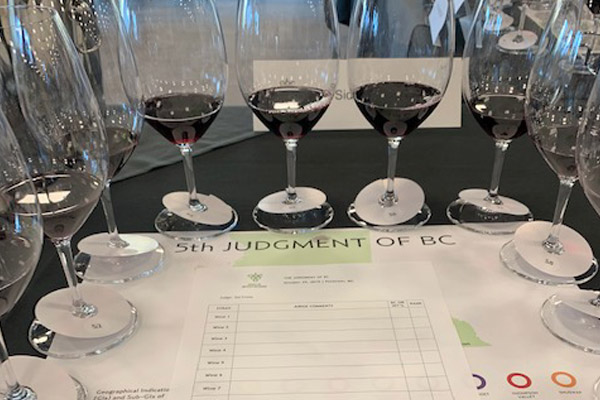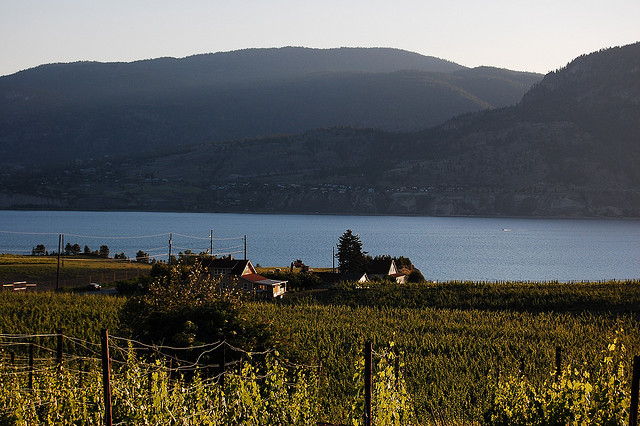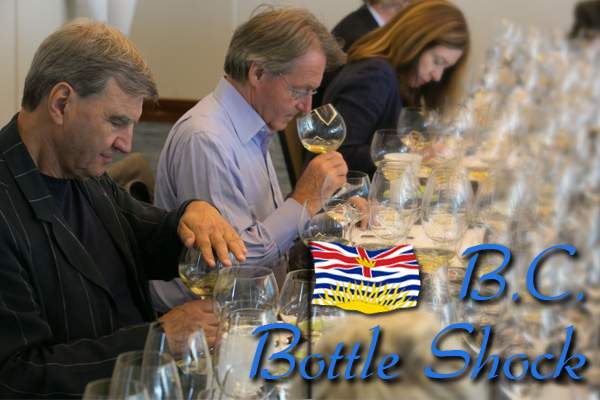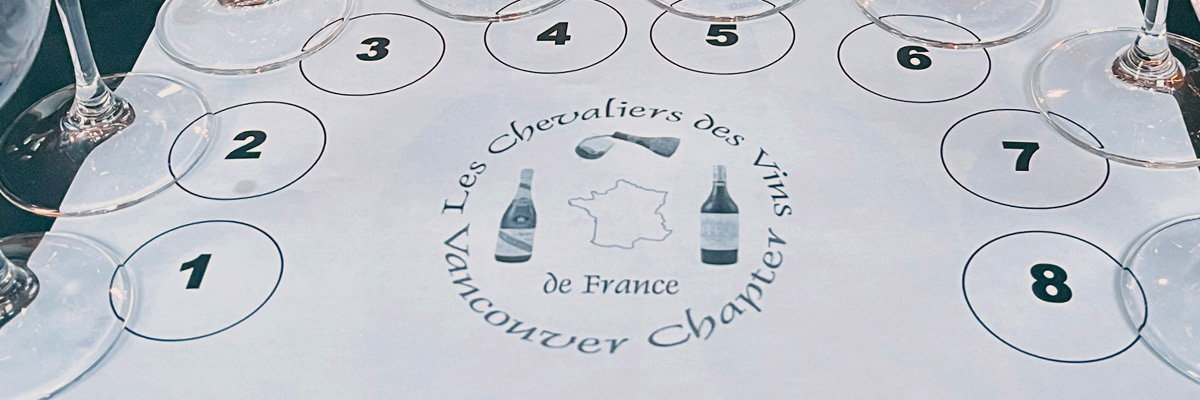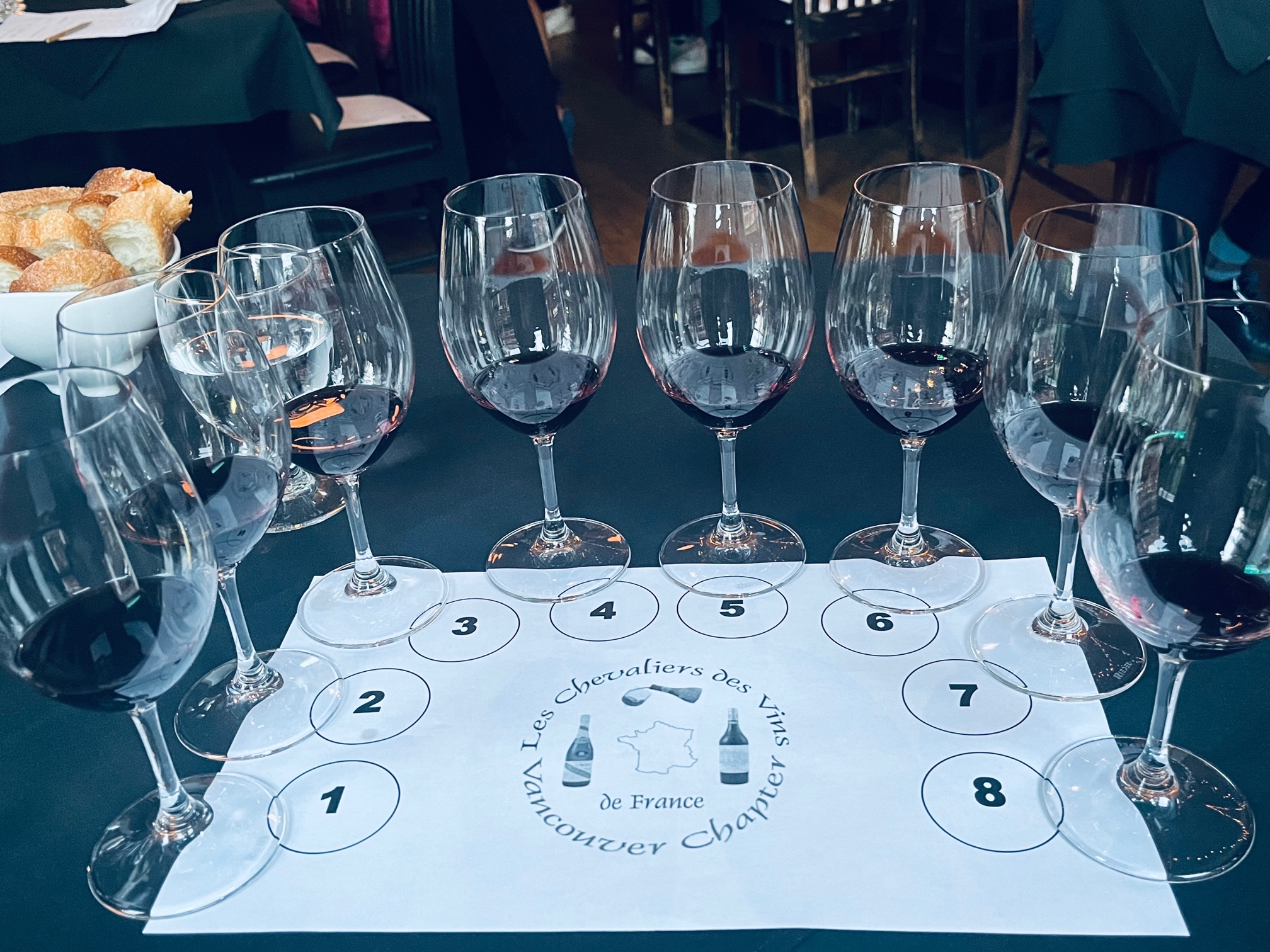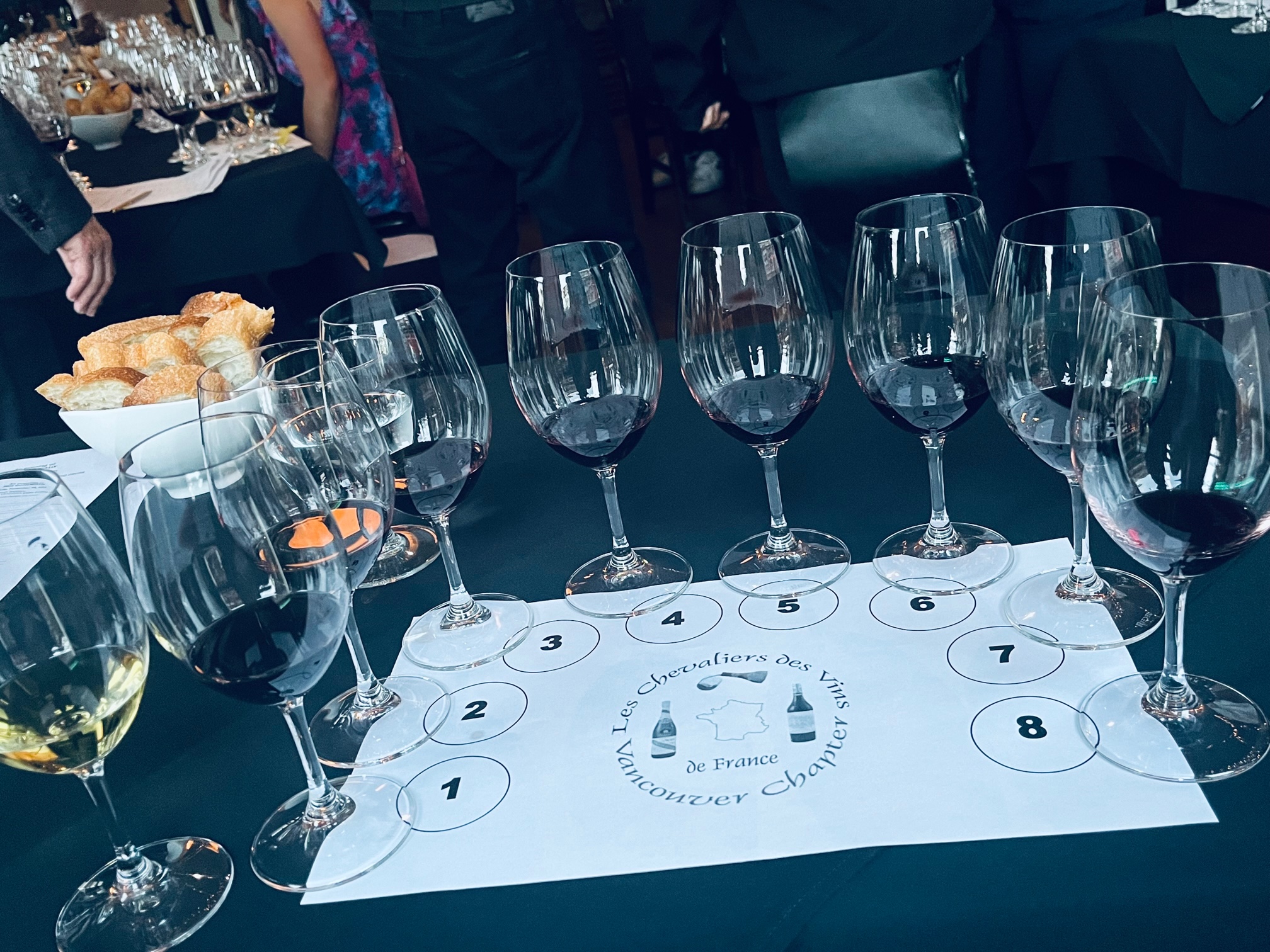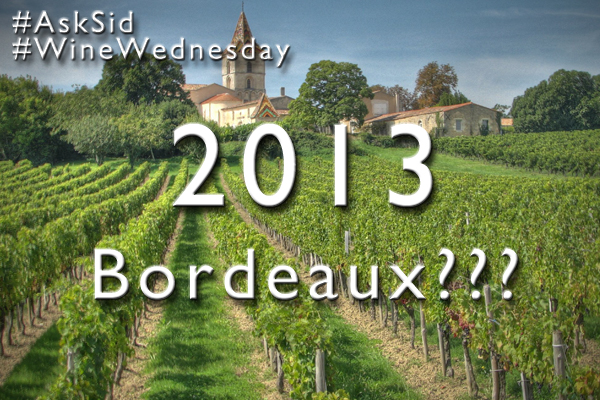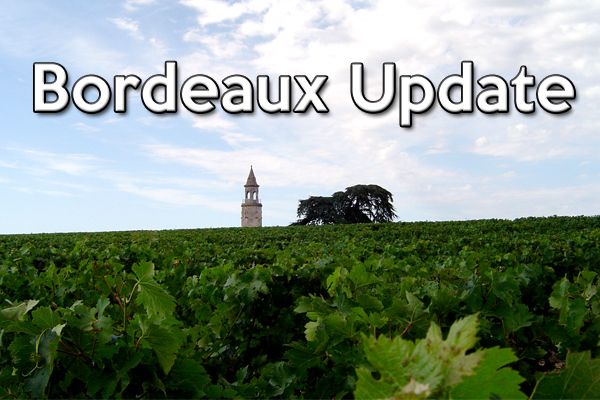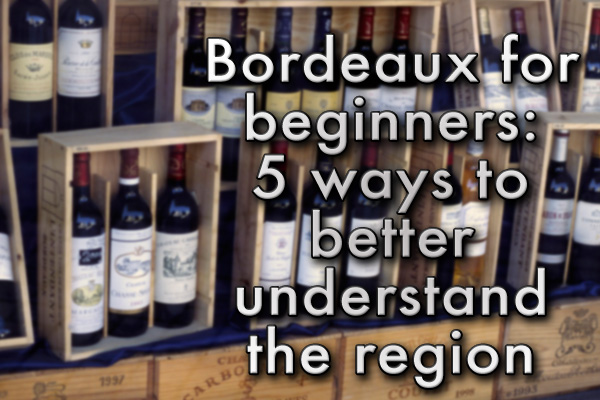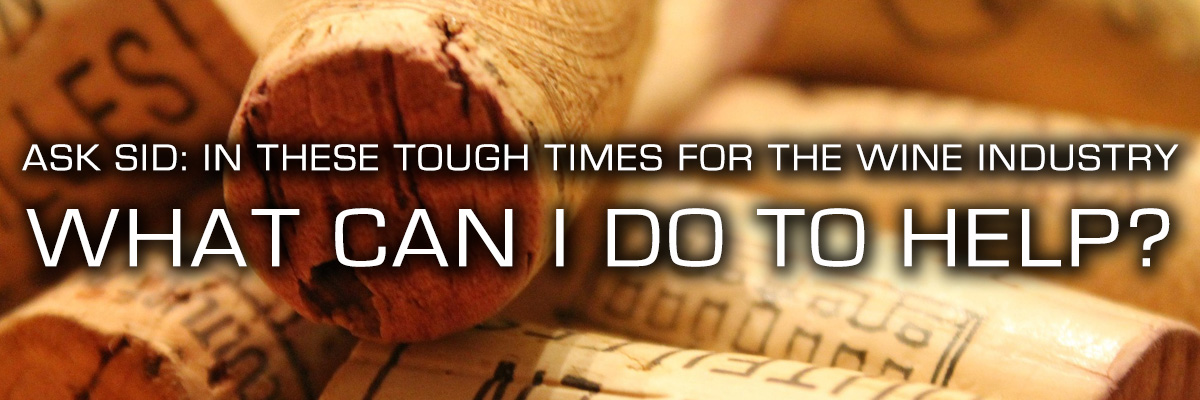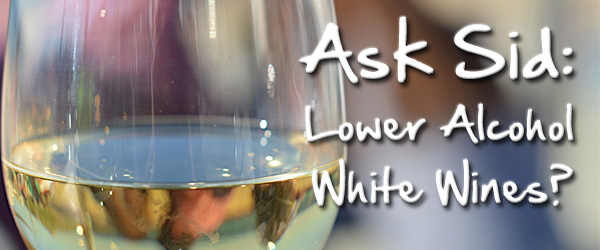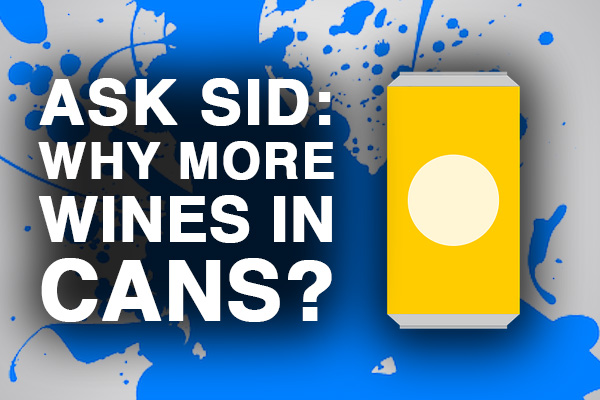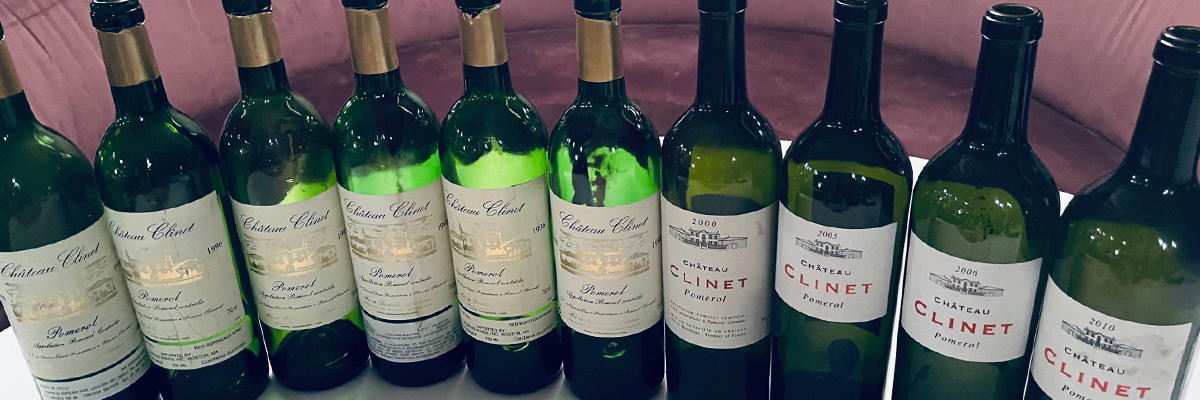
Pomerol is a unique wine region on the Right Bank Bordeaux of less production with strong consumer demand resulting in higher prices. Some leading properties like Chateau Petrus and Château Le Pin are off the charts expensive for their powerful concentrated ripe opulent Merlot fruit statement. The characteristics of Pomerol were defined by Michael Broadbent in his excellent Wine Tasting booklet first published in 1968 as:
“Two styles: one deep and firm and Medoc-like, but with full, silky Merlot richness, slow developing; the other light in colour and weight, sweeter, more gentle and quick maturing. Each style has a noticeably velvety texture in the mouth. Lighter vintages develop quickly.”
Later Robert M Parker in his Bordeaux Guides stated his detailed traits as: “The dense ruby colour, the intense berry fruit, plummy, sometimes truffle, mocha, and caramel-scented, ripe, fruity, often black cherry and raspberry-dominated bouquet, and a lush, voluptuous, almost unctuous texture – at least in the top vintages – are all hallmarks of a top Pomerol. Welcome to the glories of the Merlot grape.”
Certainly the iron-rich blue clay soils on the plateau of this region contribute to a now recognized distinctive terroir of some best properties showing wet stone, mineral, and iron notes on the nose with that full rich powerful lush plummy Merlot fruit.
A vertical wine tasting of Pomerol is rather a special occasion not often done. The Vancouver Commanderie de Bordeaux organized one on September 22, 2025 at Five Sails featuring eight vintages in two flights of CHATEAU CLINET over twenty years from 2010 back to 1990.
2012 CHARLES HEIDSIECK MILLÉSIME BRUT cellared 2013 of 60PN & 40C disgorged in 2021 after 8 years on the lees started the evening off well by showing toasty aromatics with power, generous depth & elegance.
We finished with one of the very best Sauternes vintages ever produced where the first picking of pure sweet fruit started on September 29 but by mid-October welcome showers resulted in botrytis with richer concentration complexity finishing on October 24. Beautiful apricot, honey, citrus, long aging of 2001 CHÂTEAU DE FARGUES LUR-SALUCES SAUTERNES.
We enjoyed three White Bordeaux from Pessac-Leognan with some age a compelling combination served with a wonderful Yellowtail Crudo accented by Yuzu gel prepared by talented Chef Alex Kim & his brigade:
2015 CHATEAU SMITH HAUT LAFITTE BLANC Full ripe still very fresh even from a warmer year using 90% Sauvignon Blanc, 5% Sauvignon Gris, & 5% Semillon with 50% new oak but lasting for longer 10 year aging because of the smart decision by winemaker Fabien Teitgen to stop the skin maceration technique used earlier. Drinking beautifully now rich & complex even with nearly all Sauvignon in the blend.
2011 CHÂTEAU SMITH HAUT LAFITTE BLANC Much deeper yellow colour. Four years older but skin maceration likely used and though creamy it is starting to oxidize. End of best plateau drinking. Drink up. Much prefer 2015.
2011 DOMAINE DE CHEVALIER BLANC Label says 75 SB/25S (recent 2017 was 70/30) showing developed Semillon character creamy and classy so intense. Aging well here in cork before Olivier Bernard changed to Diam for whites in 2015 & reds in 2016. Lovely bottle.
The main feature was eight vintages of Chateau Clinet, a property that underperformed until the late eighties when Jean-Michel Arcaute & Michel Rolland (until 2014) took charge. An old property from 1785 is well situated with 8 1/2 hectares now planted roughly 80M/20CS on the Pomerol plateau summit near respected properties of Lafleur & L’Eglise-Clinet. Many changes as it was sold to Gan Insurance in 1991, bought by Jean-Louis Laborde in late 1998, and improving since 2004 under the dedicated leadership of Ronan Laborde (also served as President 2019 of UGCB- Union des Grands Crus de Bordeaux) with replanting, higher density vines, reduced new oak (100% to 60%) and better grape selection. Some brief impressions:
First Flight:
2010 CHATEAU CLINET POMEROL: Darkest deepest look from lower 38hl/ha yields. Aromas display ripe clean plums and chocolate spice. Rich softer entry with power and alcohol over 14 showing on the finish. Blend of 85M/12CS/3CF. Nice robust concentration with smooth textures coming through the tannins. Rather good. Best future aging of the flight.
2006 CHÂTEAU CLINET POMEROL: Red with a paler edge shows open cherry pepper aromas with herbaceous fig notes. Some charm but the greener year shows in the flavours and less alcohol 13.5 abv. Simpler. OK. Drink.
2005 CHÂTEAU CLINET POMEROL: Great vintage for Bordeaux in 2005. Dense colour with tertiary development at 20 years. First year of Ronan’s influences helps in better fruit selection and tannin management. Best elegance of the first flight and delicious with innovative exquisite duck breast with Korean honey-raspberry wine sauce “Bokbunja”. Your scribe’s fav.
2000 CHATEAU CLINET POMEROL: Very light pale rim but an exotic stylish bouquet. Very ripe 90% Merlot (10% CS) gives a plum jam style. Taste has Asian spices and sweet raspberry notes that match well with the duck sauce. Well done. Group fav.
Second Flight:
1998 CHÂTEAU CLINET POMEROL: Dark with roasty plum nose the best part. Softening earthy palate but not meshed together a bit disjointed. Missed the best features of a splendid Right Bank vintage. OK to open now.
1996 CHÂTEAU CLINET POMEROL: Pale rim but bigger fruit than expected. Roasted coffee but rustic with ripe prunes. A bit coarse with the tannins seeming almost over extracted. Unlikely to improve much.
1995 CHATEAU CLINET POMEROL: Darkest in the second flight. Like the full rounded first entry with more sensual Pomerol definition coming through. 80M/10CS/10CF blend. Less choice fruit than 2010 but quite powerful in a more earthy plummy style. May still develop.
1990 CHÂTEAU CLINET POMEROL: Palest of second flight but a wonderful seductive bouquet. Evolving in a lovely way. Stylish silky and drinking best now as the clear personal and group fav of the second flight. Shows the success of the twin vintages of 1989/1990 at this property. Splendid.
Somewhat controversial vertical with some members liking them a lot and others not impressed. Your scribe was fortunate to taste their outstanding 2019 vintage on release. Must say I admire the current vintages of Chateau Clinet more than the older ones for their fresher full rich creamy supple style with more textbook Pomerol characteristics. Suggest you check out a recent vintage of this fairly priced value property under top management to get to know the Pomerol Appellation better.
You might also like:


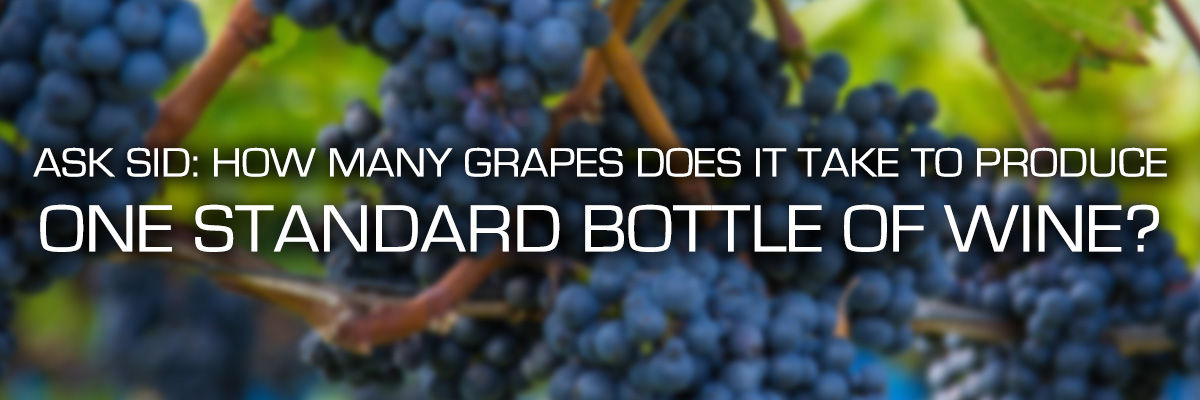
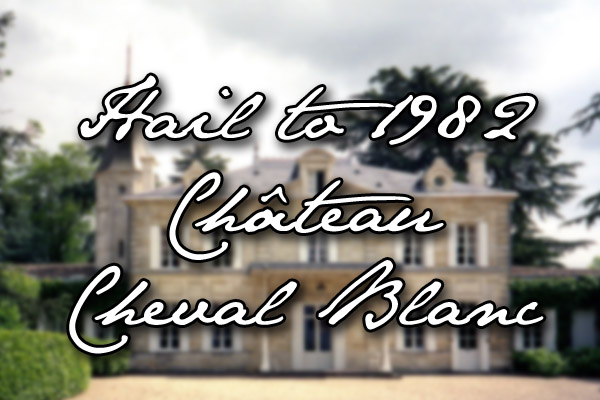
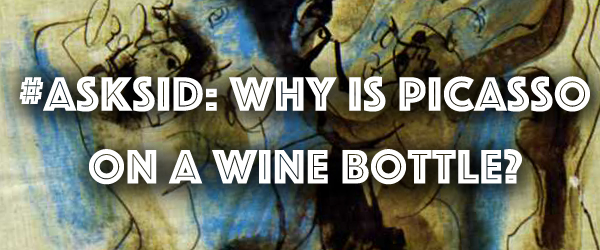
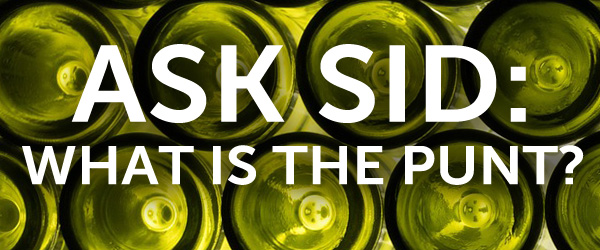

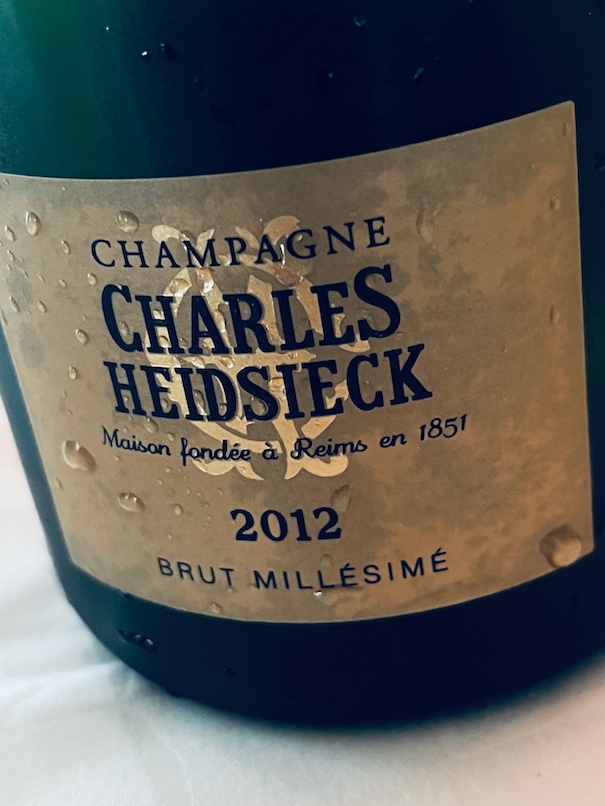
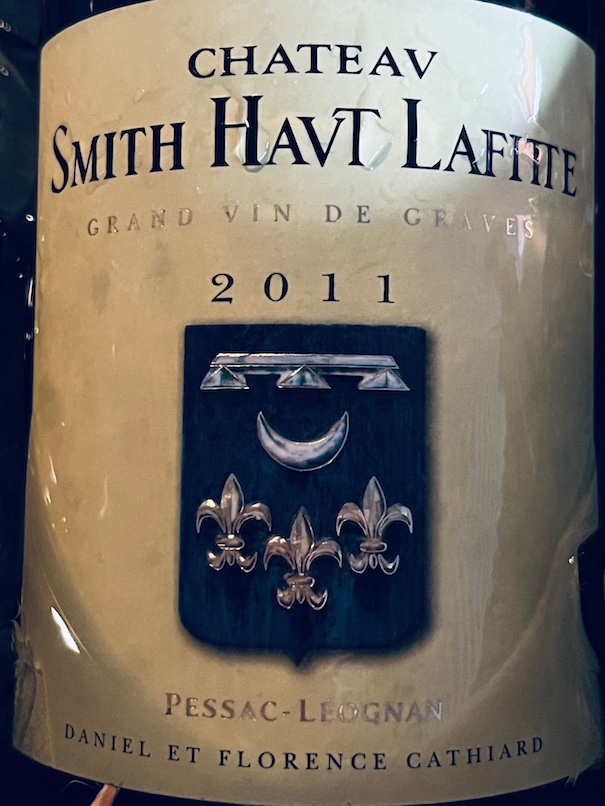
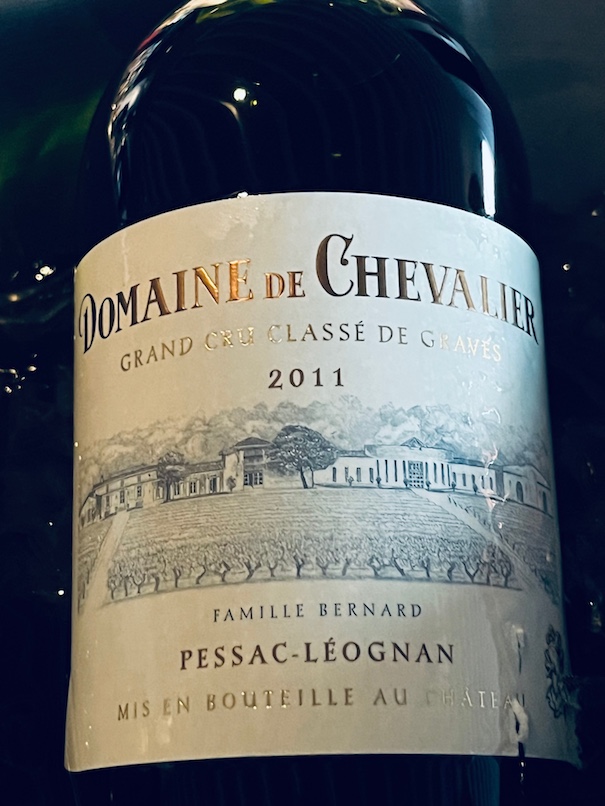
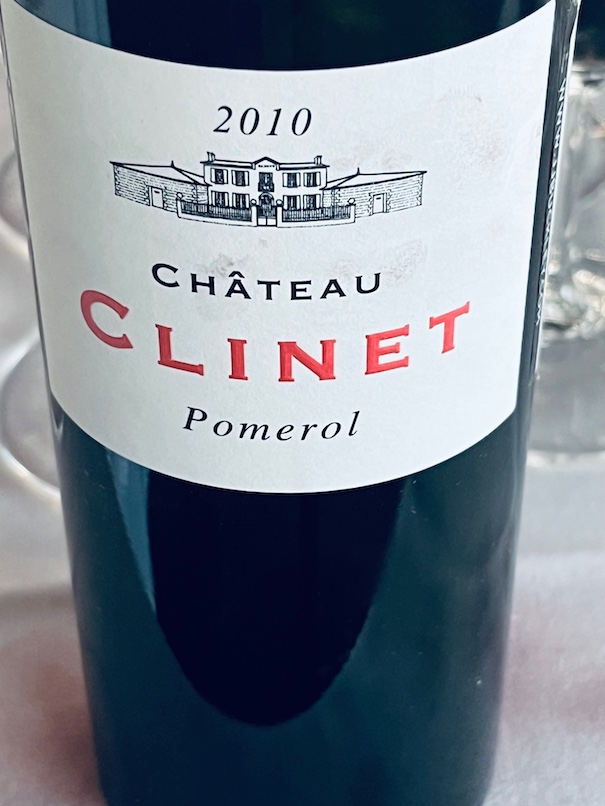
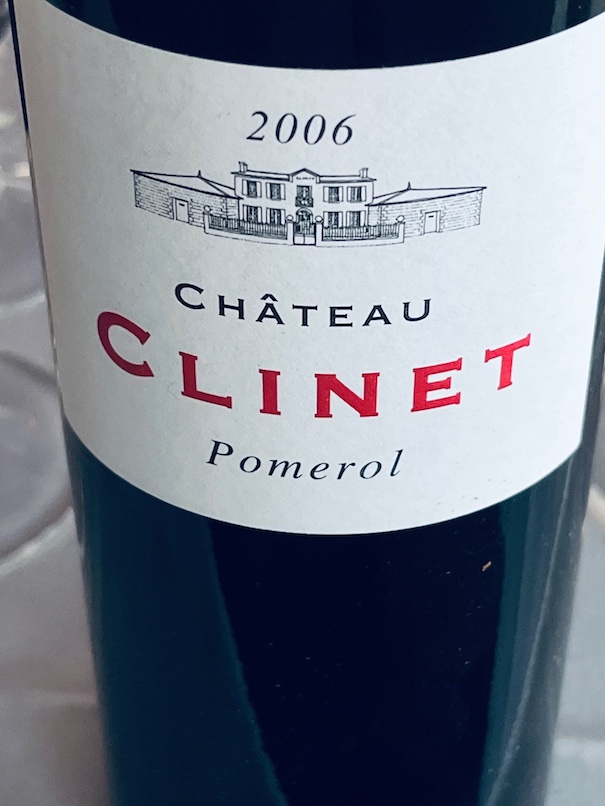
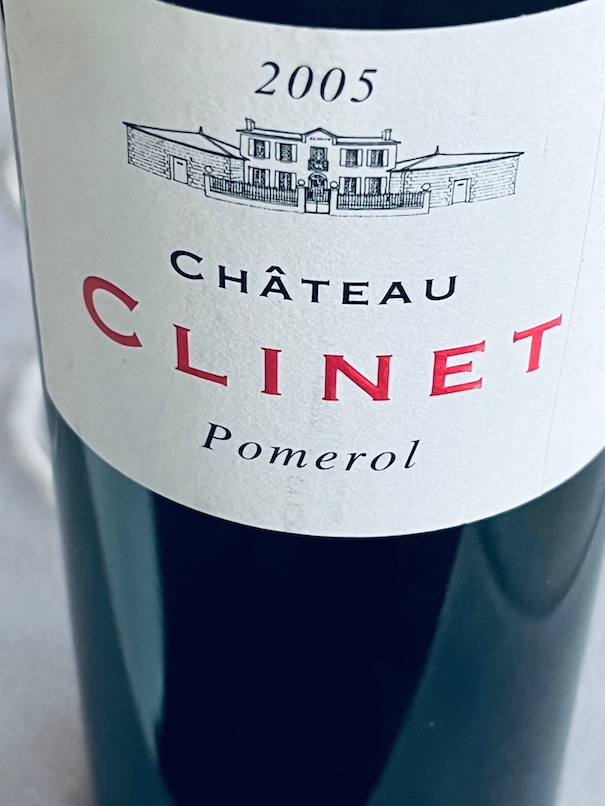
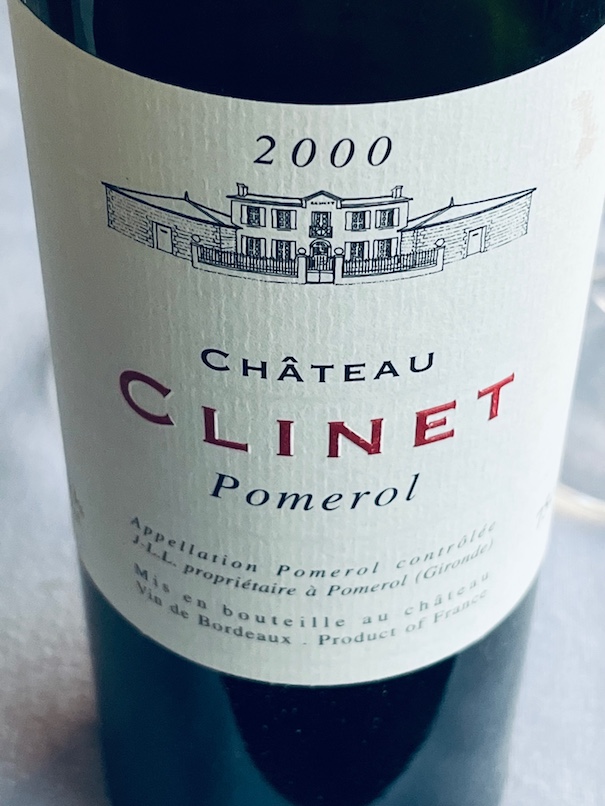
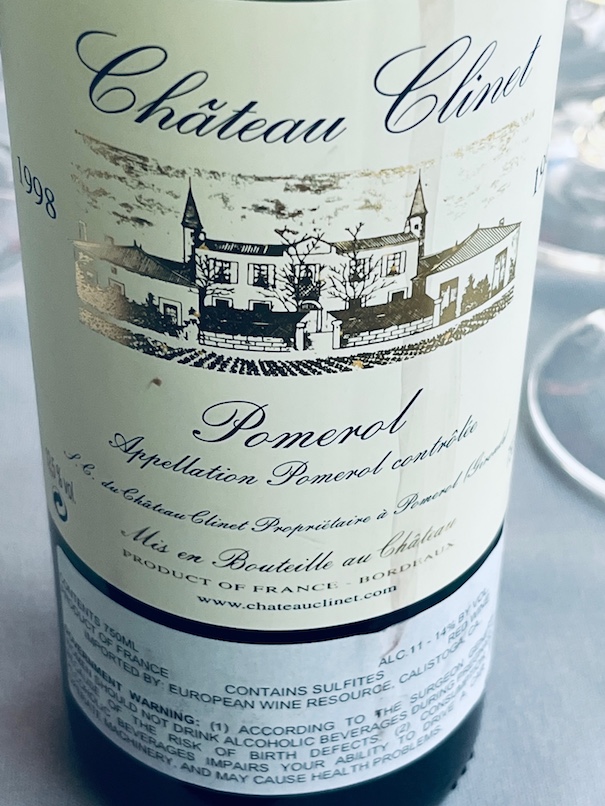
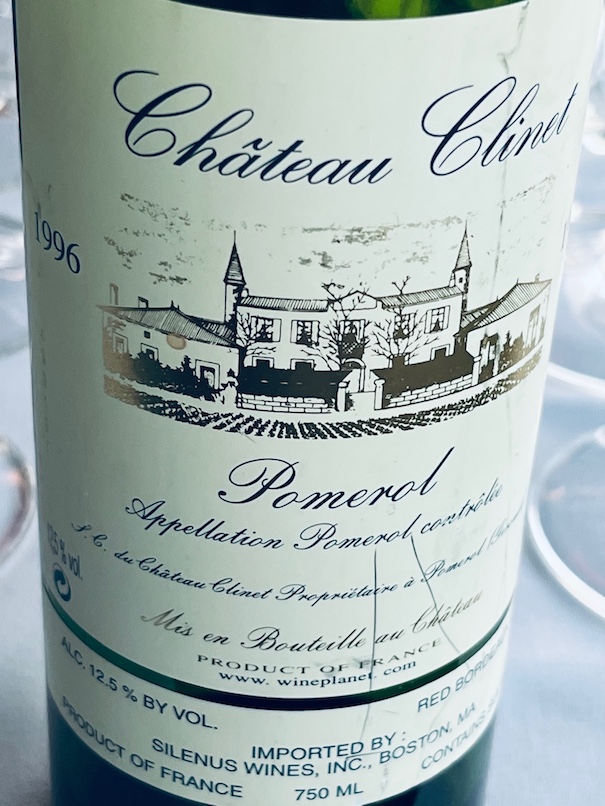
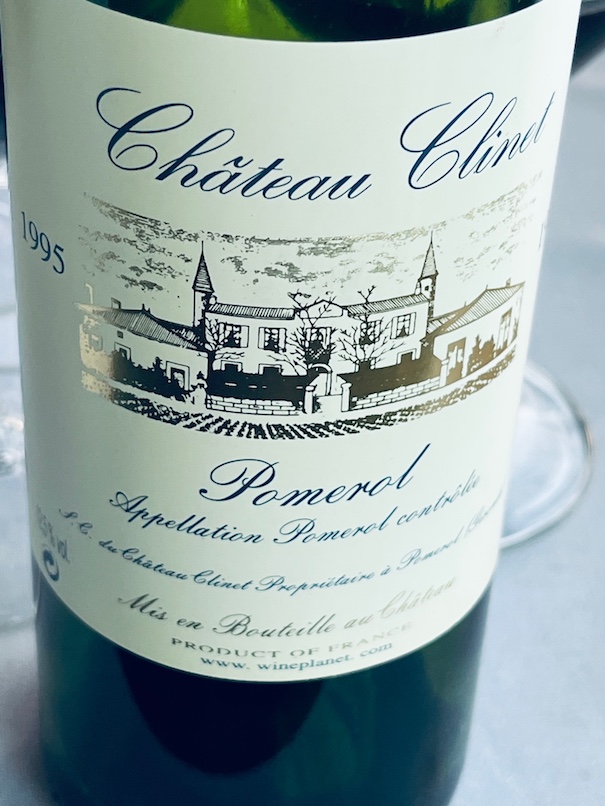
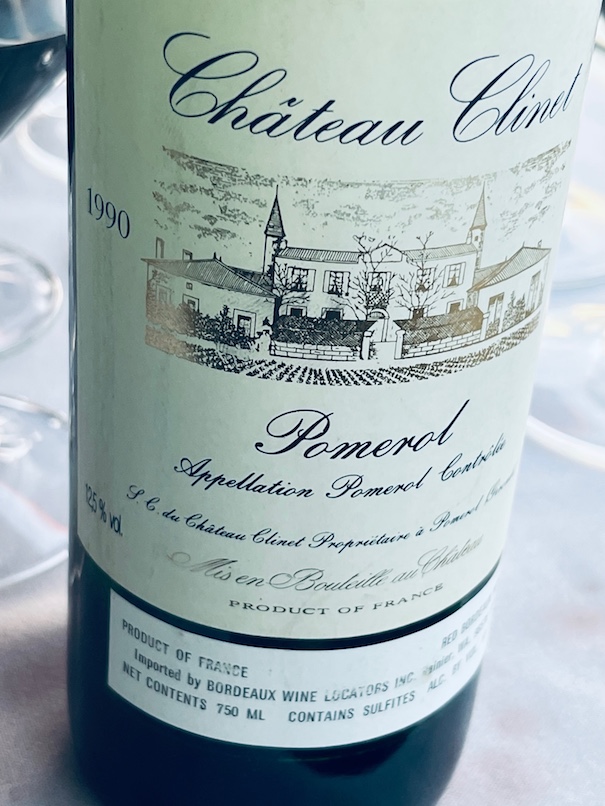
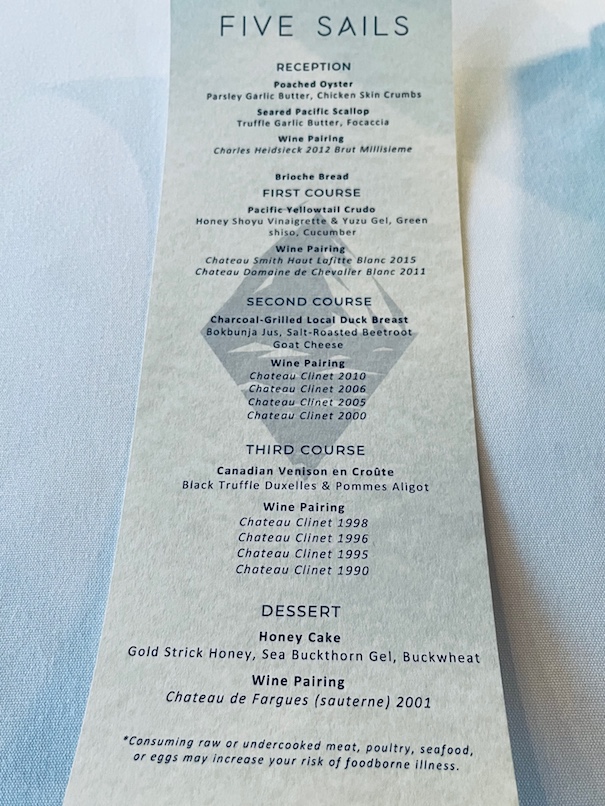
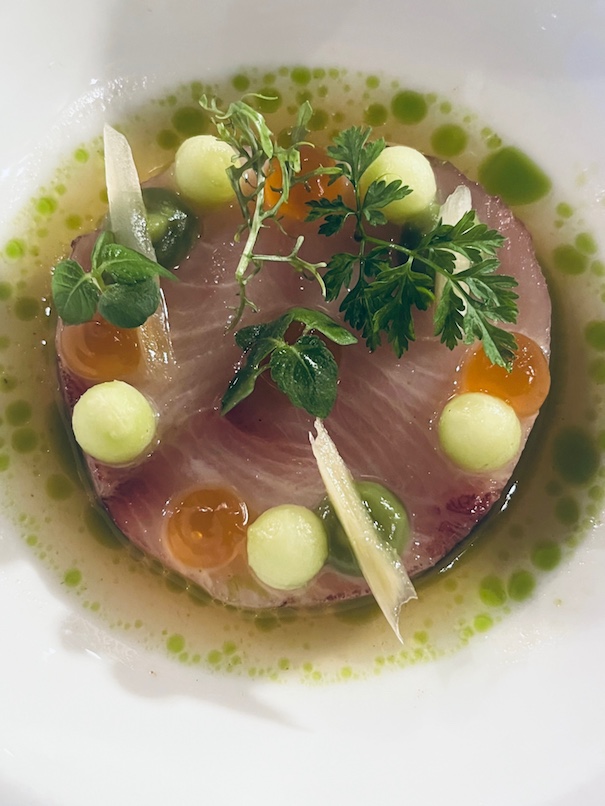
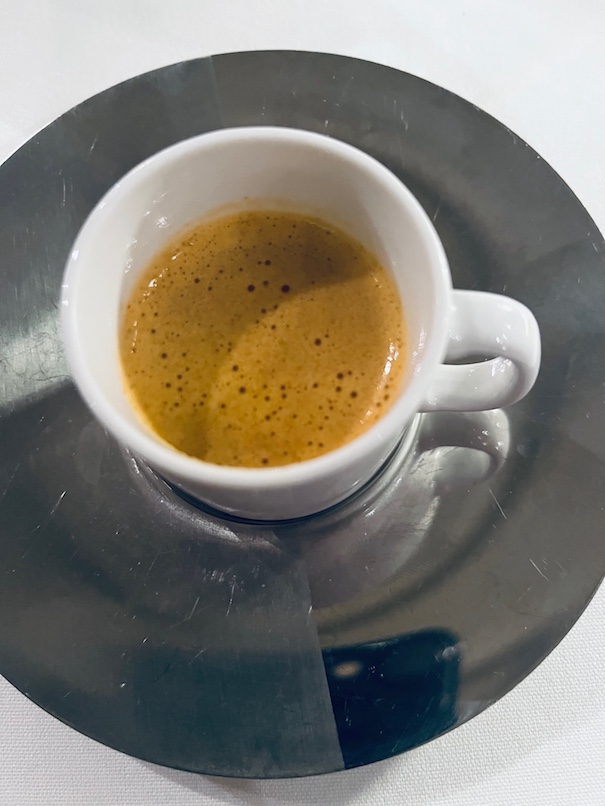
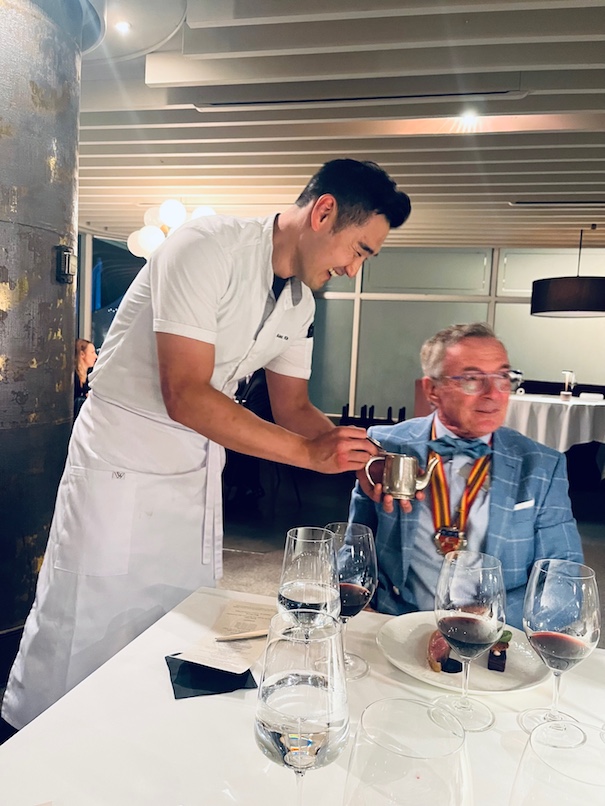
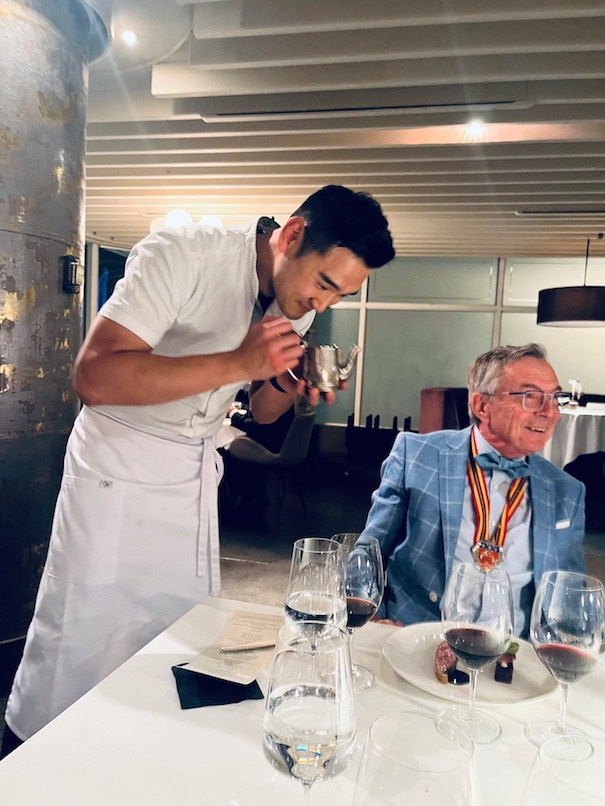
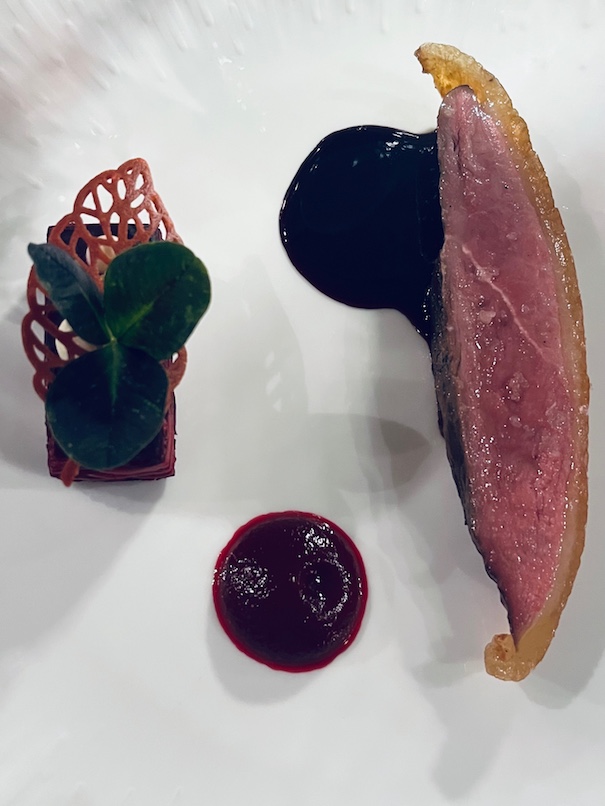
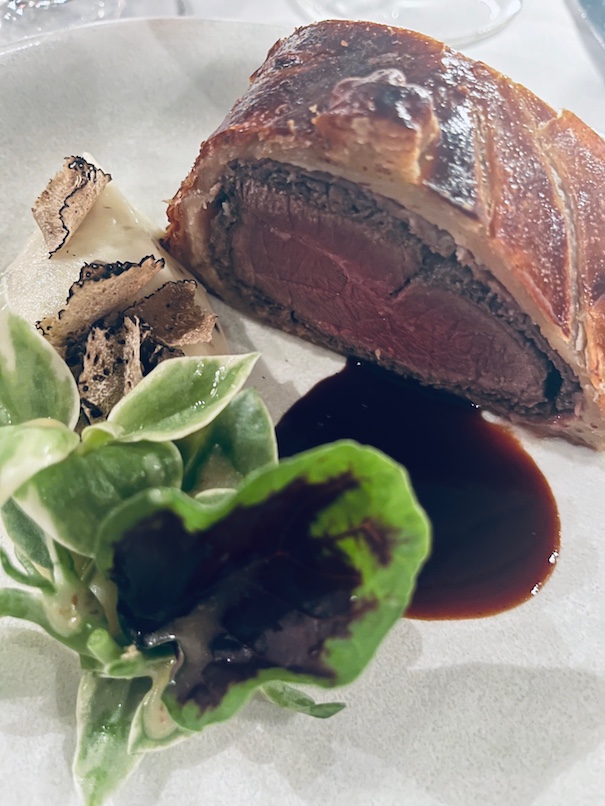
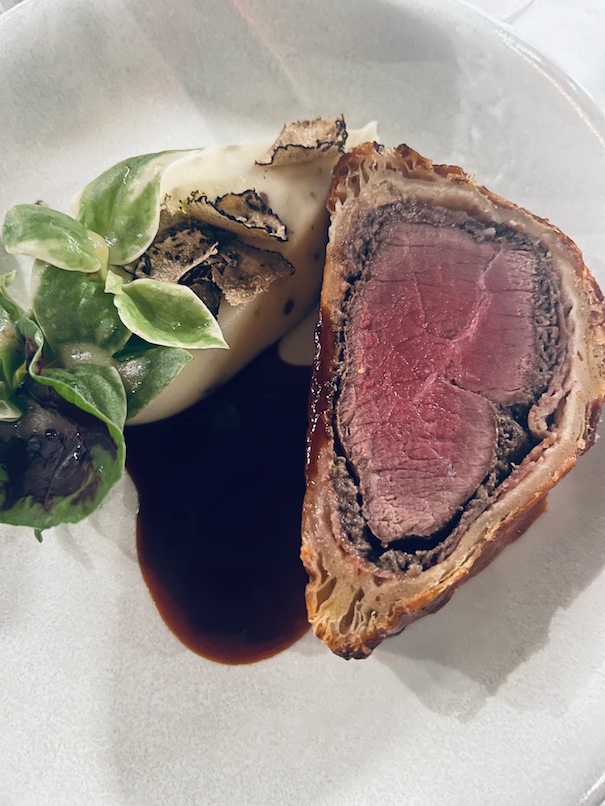
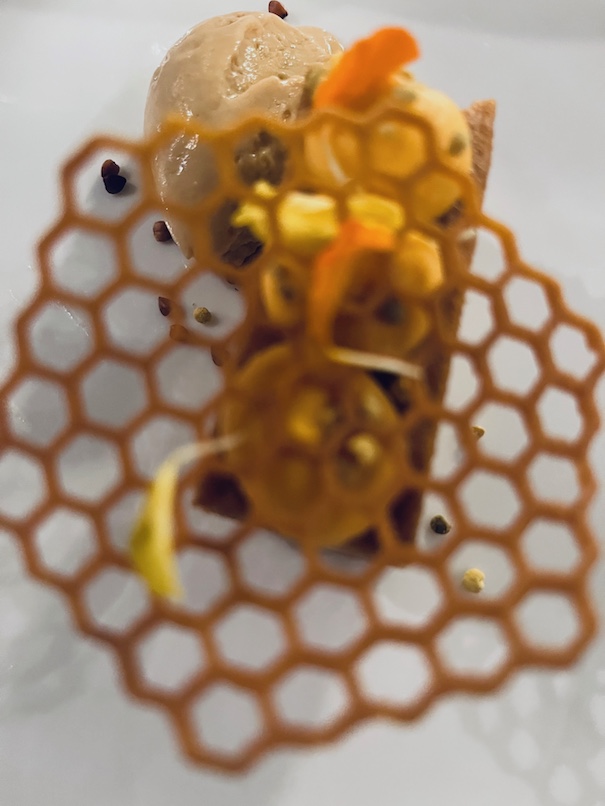
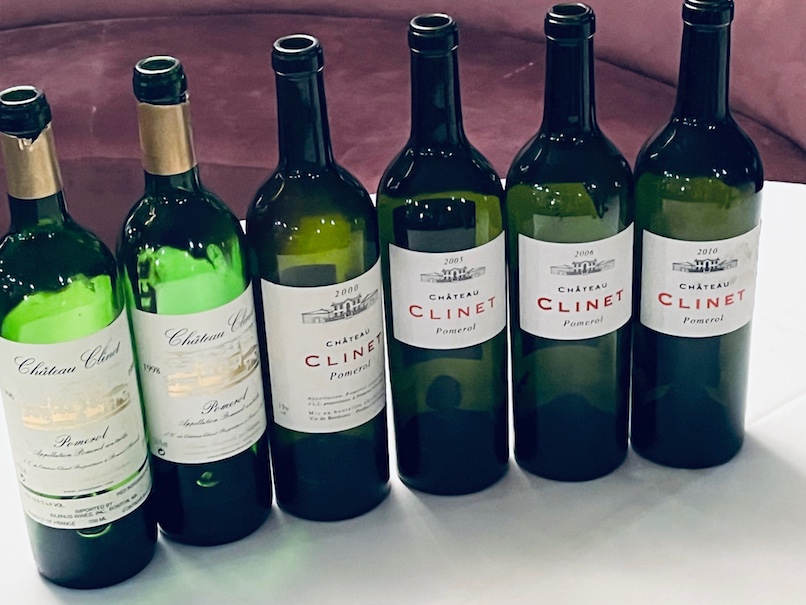
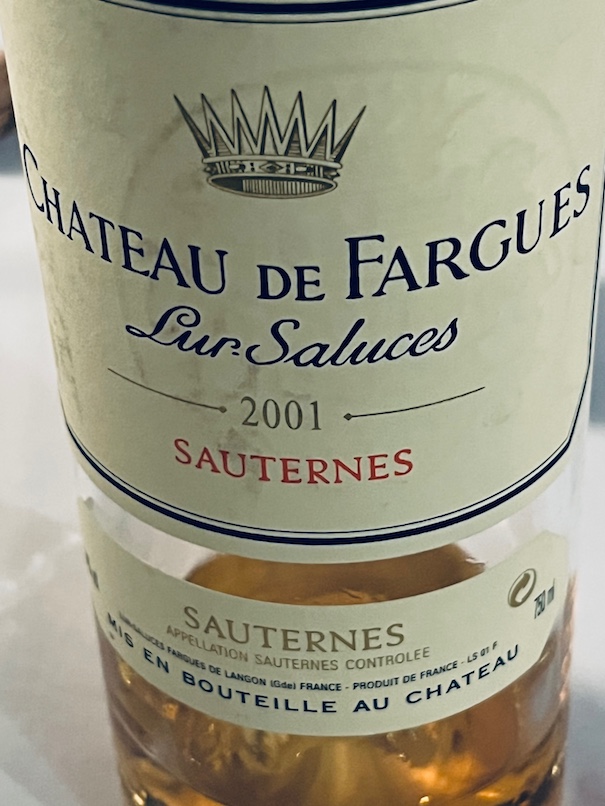
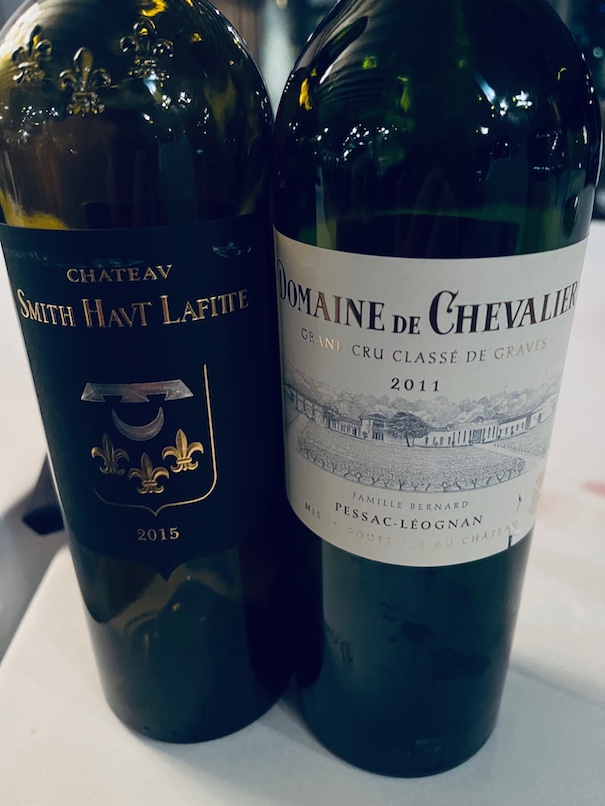
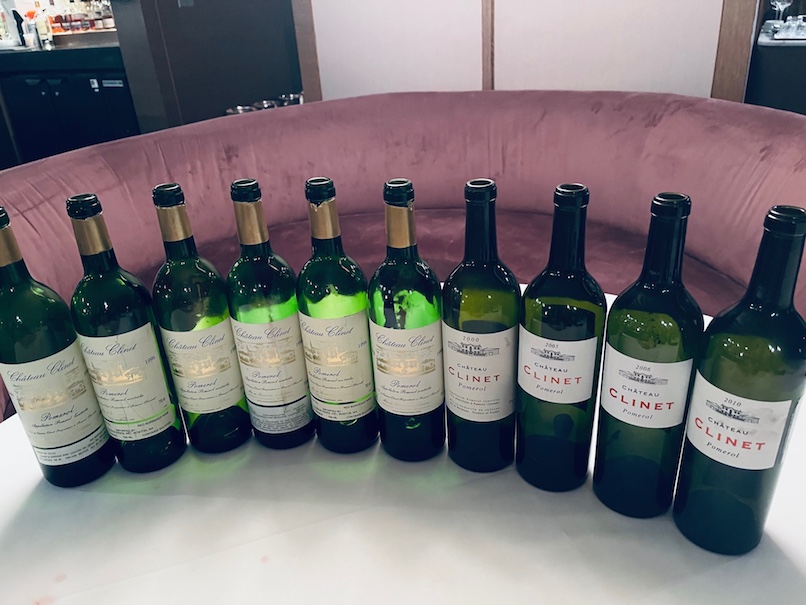
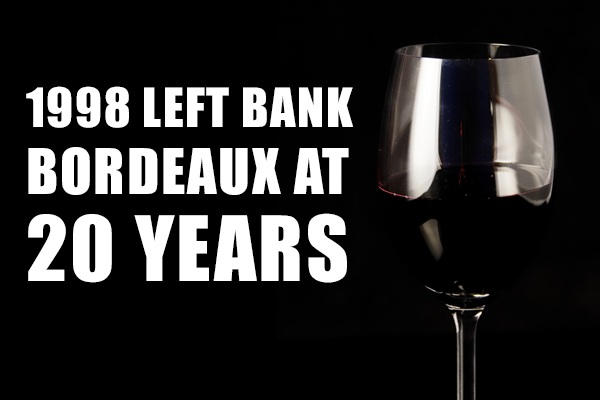
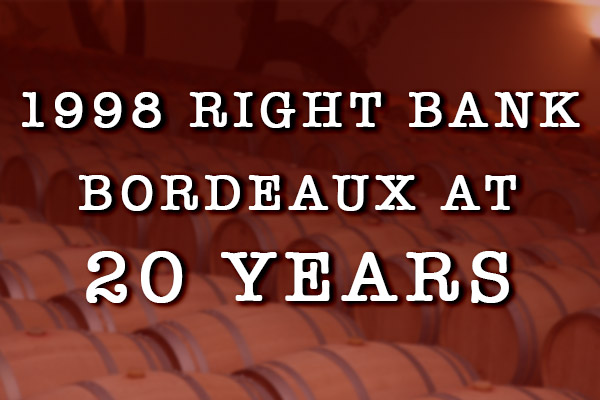
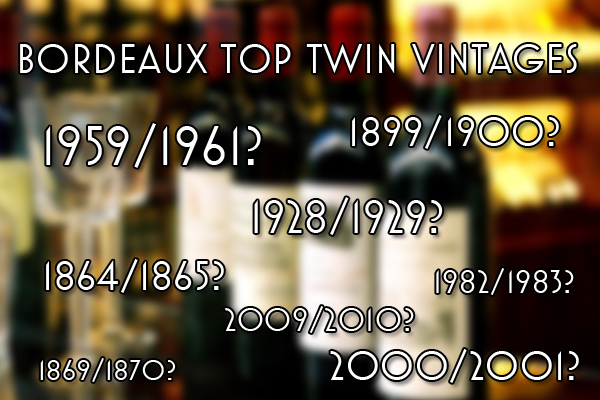
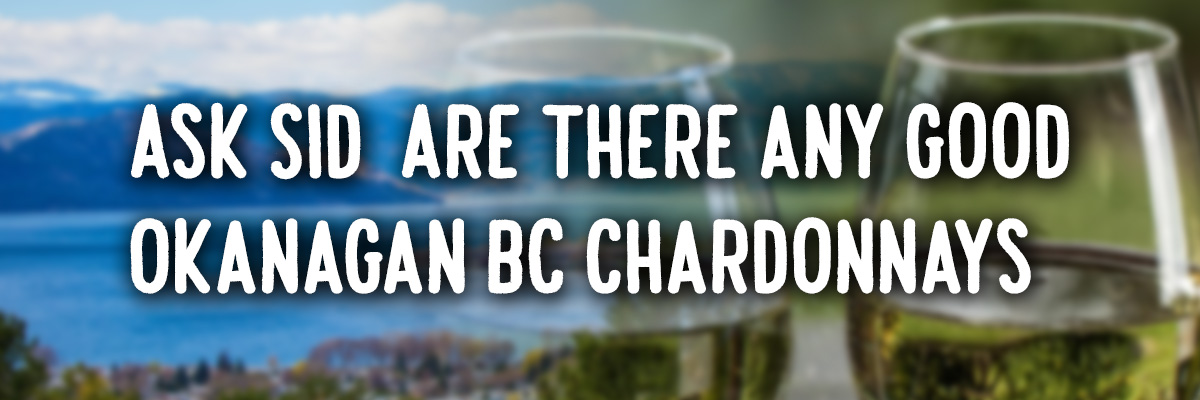 Question: Thanks Sid for your most helpful postings on top white Burgundy and Chablis. In your opinion are there any good Okanagan BC chardonnays?
Question: Thanks Sid for your most helpful postings on top white Burgundy and Chablis. In your opinion are there any good Okanagan BC chardonnays?
